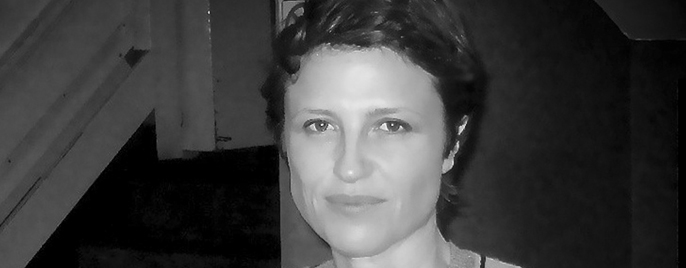What attracted you to the adaptation of Patrick White's The Eye of the Storm?
The script. Patrick White is one of Australia's most significant writers, but The Eye of the Storm is a big, ambitious book, and not easy to adapt. Judy Morris did a great job; and with Fred Schepisi directing, and actors like Judy Davis, Geoffrey Rush, Charlotte Rampling, Robyn Niven, and the long list of other great Australian actors, it had a good chance to be a worthwhile film that would do justice to the novel. Working on character films with the depth that Patrick White brings, is a rare opportunity. Those kind of films don't often get made anymore. The story is a dysfunctional family, which happens to be a favourite subject of mine.
This is your fourth film with Fred Schepisi does this make the process of understanding and communication easier?
Yes. It's like any working relationship in that way, things don't have to be explained as much. I viewed dailies most nights during the shoot with Fred, which is our usual routine, but on this film for the first time I assembled up to three or four versions of each scene, that way I didn't get too caught up in trying to get it "right". When you have worked with someone so often it is sometimes hard to get their voice out of your head and cut organically. With so many good performances, I could vary the takes and setups in each version and not over think it. It was a lot of work during the shoot but we could refer back to them when we were working together on weekends during the shoot and then in post. Fred could pick what he liked out of each version which made things flow more easily. Having worked with Fred so often, I know he has his process and needs to get his ideas down. Fred and I work better when we argue the bigger points away from the cutting room.
Was it difficult to distill the intent of some scenes where the dialogue had to be reduced?
In the end, you have to do whatever makes the scene work, and sometimes that's different from what was originally written or shot. It's always better to have too much than not enough, but if the intent and purpose of the scene can be accomplished with less, it helps the whole film. The film has an ensemble cast swirling around the three main characters: Elisabeth Hunter, Basil Hunter (son) and Dorothy de Lascabanes (daughter).
How did you manage to keep their story threads clear?
A large part of that is the script, the director, and the actors' fully realised performances. The relationship between the three characters forms a triangle where no one character is more important than the other. I don't think the film would work otherwise. In the cutting room, it's about rearranging and pulling threads to make sure that each of them have their say. It is also an upstairs/downstairs story and finding that balance was sometimes a bigger challenge.
What was your favourite experience on the film?
There were two moments I felt that the film took a leap. The first was intercutting the housekeepers dance with the storm and the other was cutting out three scenes in the very last days of mixing. It was a long and gradual process to cut it down from the first pass, which ran two hours thirty five minutes. It was very rewarding when we found things that worked.
